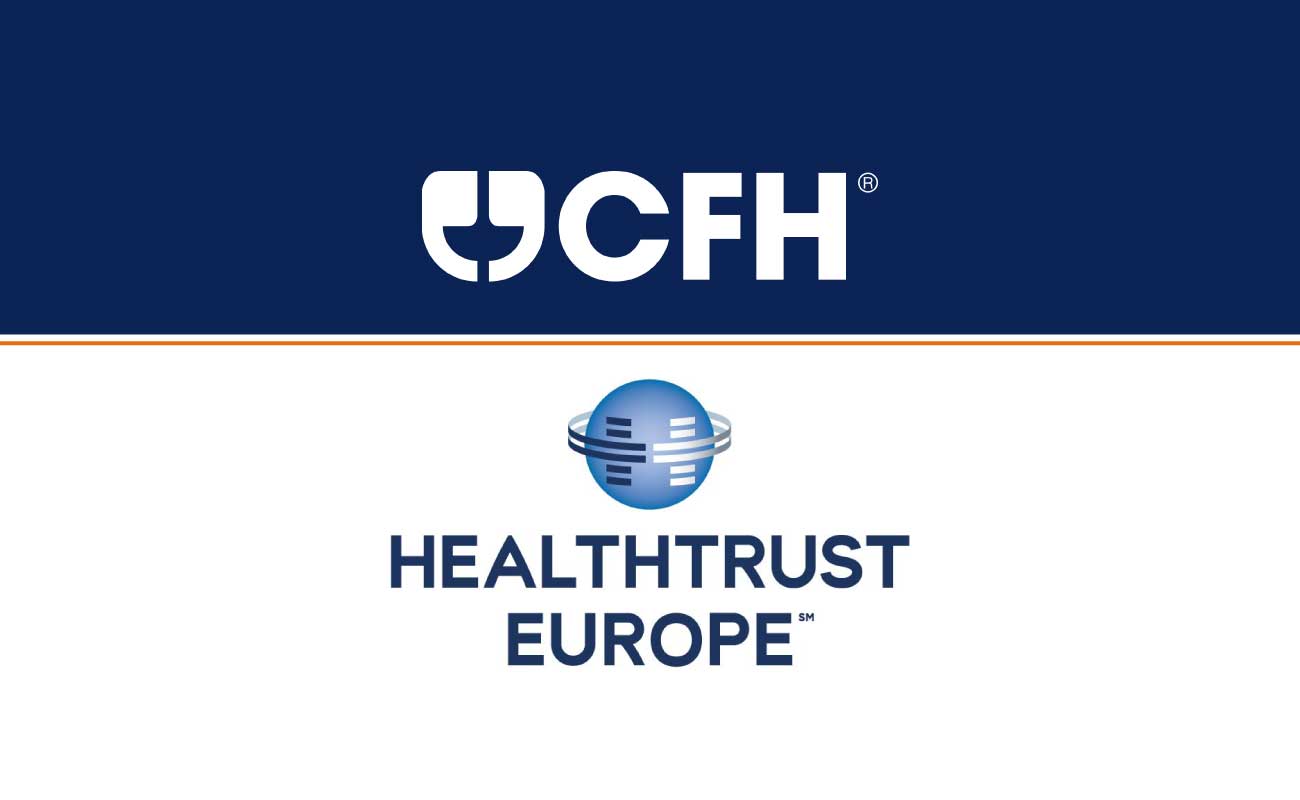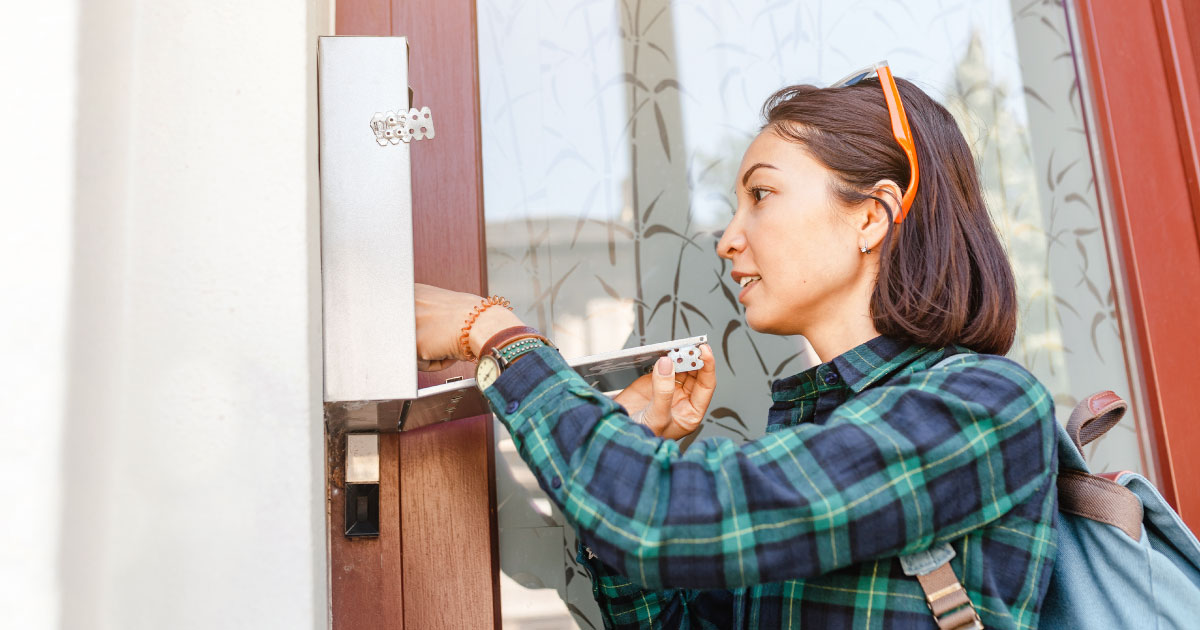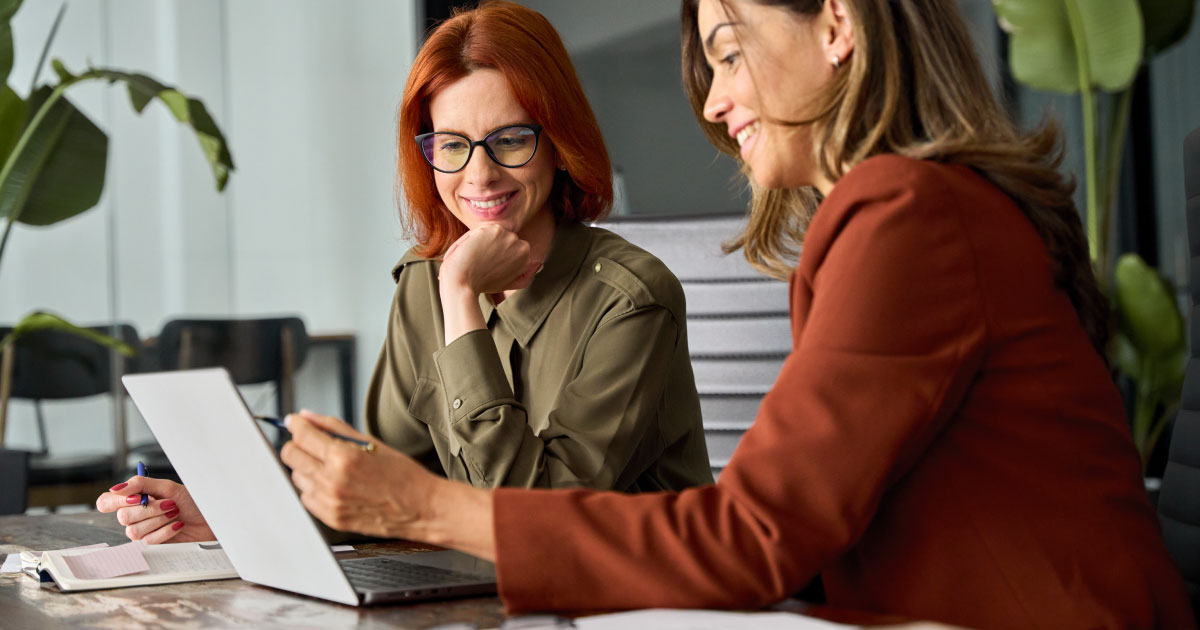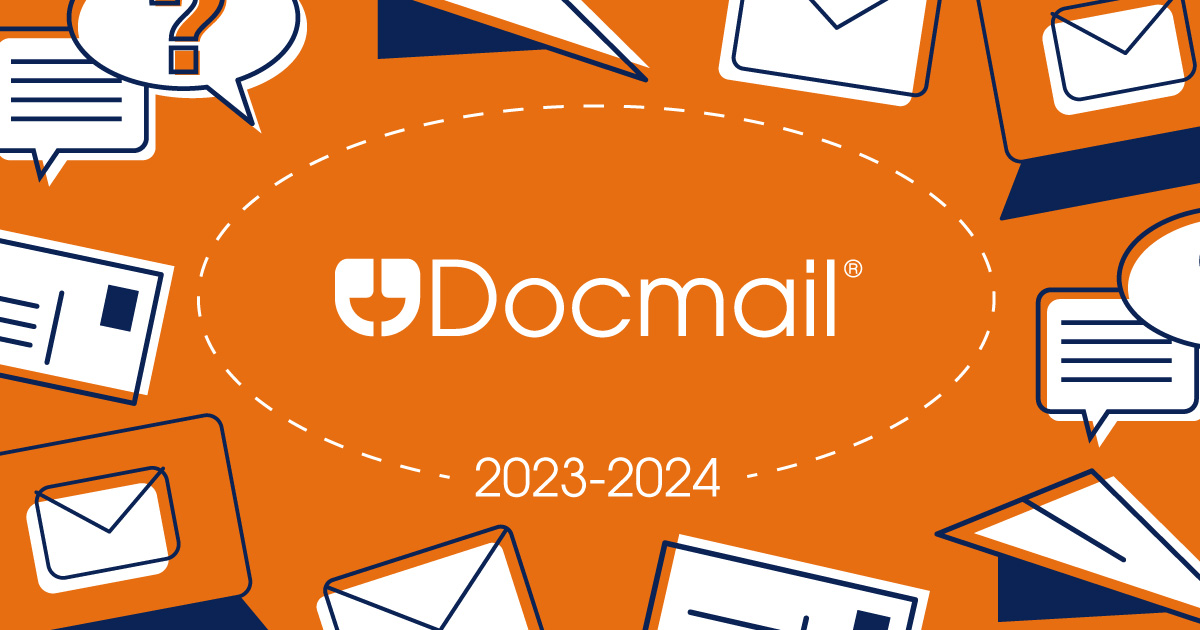Communicating with patients effectively has always been a vital skill for medical professionals to drive patient engagement and responses and help improve patient outcomes. More recently, there has been a growing emphasis on using communication to effectively manage patient footfall during large vaccine events and in-house appointments as well as provide additional information to educate patients this winter.
With over 50’s likely to be offered both the flu vaccination and COVID-19 booster vaccination from September, it’s more important than ever for practices to plan ahead where possible and manage communications in a way that benefits both parties involved.
But how do practices ensure they can effectively manage their vitally important patient communications this winter season?
‘Every patient is an individual who has their own special needs, what is important for one person may be insignificant for another and good communication is very important in identifying this’ (Markides, 2011). By having patients at the core, it provides practices with an understanding of the differing requirements and how best to support those who rely upon them so heavily.
It’s about providing the information that is required and breaking down barriers so that patients can be engaged, educated and make informed decisions.
Whilst the COVID-19 pandemic has accelerated the adoption of digital communications, to have a truly patient-centric approach communication preferences need to be considered.
To contact your patient successfully, the channels used need to be accepted by the patient cohorts, easy to manage and enable practices to share important updates that will be required this winter season. What’s more, the communication needs to be remembered and engaged with by your patients and that’s why it is important for patient communications to be smart. Smart for the practices and smart for patients - to benefit all involved.
To do this, practices require the adoption of a hybrid communication approach, whereby they utilise different types of media to communicate and engage with patients.
This approach allows communication to be sent at the right time, to the right person to deliver meaningful information and content that drives patient engagement and improve outcomes.
From postal communications, emails, website updates, social media posts and text messages a multichannel approach offers patient communication control, time efficiencies and security to deliver the content required to manage patient interactions this winter.
To really drive responses from the outset practices are opting to use postal communications as a means of providing patient cohorts with everything they need to know regarding the flu and COVID-19 vaccination booster in one place.
This communication is then supported by a means of additional media channels, including text, social and website updates to provide a 360-communication approach to attract and engage patients. But for this to be effective, the real work starts with data.
With larger eligible patient cohorts in 2021, it’s more important than ever practices have up-to-date, data that can be used to target patients and increase their response rate. Data can be cleansed before and throughout the winter season and is a process that practices should adopt and carry out throughout the year.
Data cleansing can be done during routine appointments, via telephone consultations or by inviting patients to check and update their details where required via postal forms. Whilst this might take up vital practice time, it is critical for patient records to be up to date not only for the practice but for the patient summary record too.
Having the correct data will help practices prioritise who they need to target in regard to the flu and COVID-19 vaccinations, as well as other health-related check-ups and vaccinations and help with the management of demand they are likely to receive.
With accessible data, pre-planned communications and a choice of media channels practices are now ready to begin the management and sending of their patient communications. But with the increase in patient eligibility this year, it is not a task that is likely to be managed in-house. So who do they partner with?
With a proven history of supporting medical practices, CFH Docmail has a market-leading communication management system, Docmail, that offers a secure, hybrid communication approach that can support and manage practice communications.
Through leading security accreditations and industry expert relationships, the NHS-approved solution supports over 3,000 medical practices in improving patient communications and driving engagement when it matters.
We fully understand the challenges that medical practices are facing this winter and are there to support you every step of the way. If you would like to find out more about how we could help you with your patient communications this winter, please get in touch we’d love to talk to you about how we can help.
Structured Credit Communications For Leading Agri-Food Organisation

Surrey County Council Sought to Optimize Print/Post Services Across Departments. We Helped Transform Their Services With Our Industry Expertise.
The block management software providers at Blocks Online experienced considerable growth upon integrating a reliable mailing method and API connection.
Transitioning to new postal options gave Croydon Health Services NHS Trust more flexibility in how they communicate with their patients.
Keen to adopt a more efficient way of printing, packing and posting their time-sensitive paper communications, High Mill has embraced the Docmail Print Driver.
Simplified Patient Communication For Lung Health Check Programme



Looking to streamline the process of sending crucial patient communications, CFH ensure accuracy and timeliness of delivery for LLR Patient Care Locally.




Fife-based Electricity Asset Services, specializing in electrical and civil engineering, employs CFH's Docmail system for improved communication with Scottish Power and staff.












Docmail, saving valuable time and money while supporting the NHS Long Term Plan, across 110 surgeries and a combined 1 million patient cohort.
